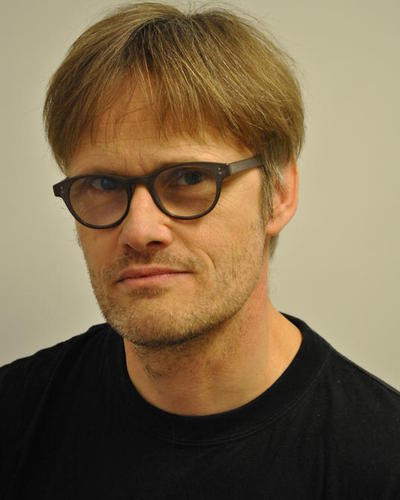|
Professor, Marine Organismal Biology
Email: Henrik.Glenner@uib.no
PHONE +47 55 58 45 26
+47 458 64 647
|
 |
Research
My field of research concerns faunistics, especially with focus on crustaceans and can be divided in 4 major points:
1) Lifecycle studies of barnacles and related crustacean groups have constituted a major part of my research activities. These animals are unique among crustaceans since they all, without exceptions, alternates between a free-living larva stage and an irreversible attached adult and detailed lifecycle studies have proved essential in attempting to understand their morphology, ecology and evolution.
2) Invasive species present an increasing threat to the marine environment in Norway and other places. Knowledge about the mechanisms enabling exotic marine species to invade new areas and the possible ways to prevent them from happening is an important field of marine research. In the recent years I have been studying the population dynamic and genetics of two invasive marine crab species and their most prominent parasite, a parasitic barnacle or rhizocephalan, which as adult castrates their crab hosts. The data from the study of these model systems will be used to evaluate if it is possible to control biological invasions in marine systems by the use of parasites.
3) Solid information about the phylogenetic relationships between living organisms is crucial in order to address relevant and correct biological questions. I am, therefore, interested in how to construct the most reliable phylogeny by the use of data from diverse data like dna, fossils and morphological and geographical sources. My major phylogentic interest concerns the parasitic barnacles, Rhizocephala, but I am also occupied with other phylogenetic issues, especially within crustaceans.
4) With a maximum depth of over 1300m, the Sognefjord is the deepest fjord in the world. Extending inland over 150km, it provides a unique environment for studying dispersal and population connectivity of benthic marine fauna – research themes that are central to the understanding of biodiversity. The many side fjords to the Sognefjord are not as deep as the main fjord, and resemble, therefore, the majority of western Norwegian fjords.
Current projects:
"Species inventory and nature type mapping of Sognefjorden", financed by The Norwegian Biodiversity Information Centre
"The Green crab in the danish inlet: Limfjorden", A large scale, home range study on a prominent marine invasive species and its native enemies financed by the Carlsberg foundation
More information: https://www.uib.no/en/persons/Henrik.Glenner
